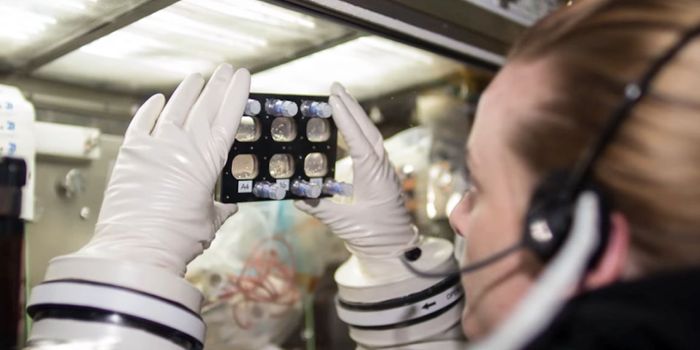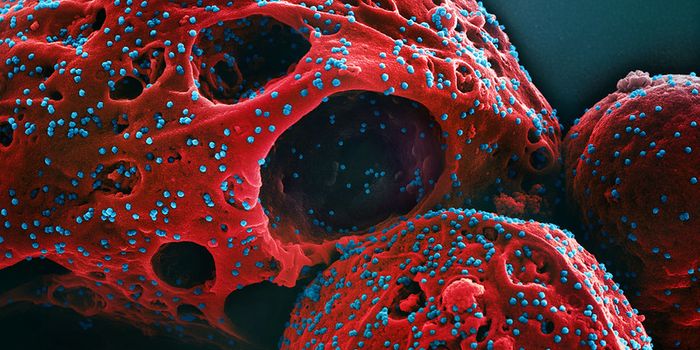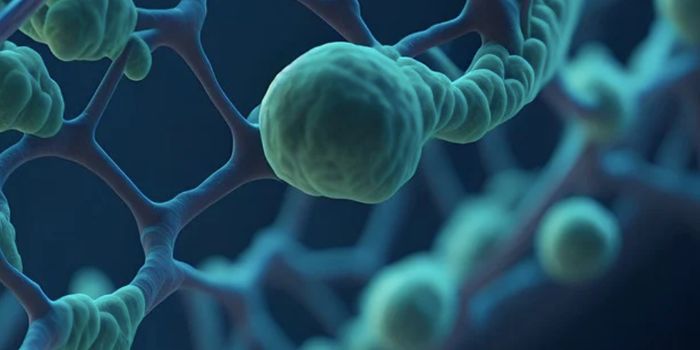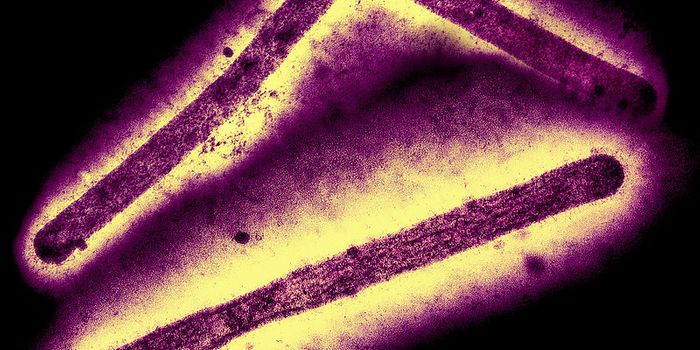West African Genomes Reveal 'Ghost' Population
Fossils of modern humans have been found that are around 200,000 years old. But fossils of humans with a mix of modern and ancient features have been recovered that are, relatively speaking, much younger at 35,000 years old. Recent work reported in Science Advances has now shown that ancient humans living in West Africa around 50,000 years ago interbred with another group of humans that scientists have never found before - a so-called ghost population of ancient people. The evidence for their existence is not found in fossils; it is carried in the DNA of modern West Africans.
Neanderthals are thought to have disappeared around 40,000 years ago, and we know that humans and Neanderthals interbred; up to two percent of the genome now carried by Europeans and East Asians is made up of Neanderthal DNA.
The Denisovans are another example of an ancient species of human that is thought to have reproduced with humans. There aren't as many Denisovan fossils compared to Neanderthals, so we don't know as much about them. The DNA of modern Melanesians, who live in a part of Oceania that includes New Guinea and Tonga, is up to six percent Denisovan.
This new research shows that there's more to learn about the formation of the modern human.
"It's almost certainly the case that the story is incredibly complex and complicated and we have kind of these initial hints about the complexity," study author Sriram Sankararaman, a computational biologist at UCLA, told NPR.
In this work, the scientists were analyzing the genomes of 405 West Africans, using statistics to comb through the DNA and find portions that are not characterized as modern. The portions of DNA that were found don't belong to Neanderthals or Denisovans, either. The researchers suggested that it comes from a population that has not been discovered yet.
"We don't have a clear identity for this archaic group," Sankararaman added. "That's why we use the term 'ghost.' It doesn't seem to be particularly closely related to the groups from which we have genome sequences from."
We may start to find more populations like this as more high-quality genetic data is generated from larger groups of modern humans.
"I think as we get the genome sequences from different parts of the world at different points in time, there is always the possibility that we might discover these as-yet-unidentified ghost populations," Sankararaman continued.








